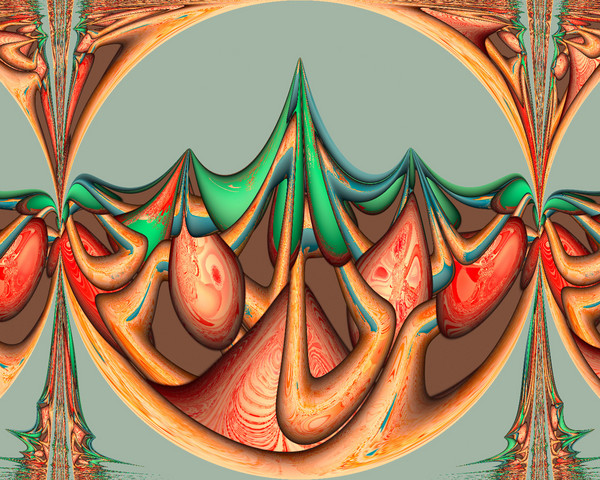- hendrik arie baartman
- View Portfolio
- Image 106 of 200
- Added 11 Jul 2006
- 554 Views
- 11 Comments
- Share This Image On...

Arapaho Location: The Arapaho lived along both the Platte and Arkansas rivers during the 19th century. History: Early tradition suggests that they lived in permanent villages in the eastern woodlands, where they practiced agriculture. As they moved westward, they began to split into northern and southern groups. The Arapaho were closely associated with the Southern Cheyenne who fought against Lieutenant Colonel George Armstrong Custer at Little Bighorn. In the late 20th century, about 2,000 Arapaho were living on a reservation in Wyoming and more than 3,000 were located in Oklahoma. Daily Life: Similar to other Plains tribes, the Arapaho were nomadic, living in teepees and following the buffalo as a primary resource. They took part in trading with other Indians such as the Mandan and Arikara. They were very religious. Everyday objects and actions had an important and symbolic meaning. Like other tribes, they practiced the sun dance. Old stories tell of a sacred pipe that was always carried ahead of the northern band on their travels. The pipe-bearer would signal the beginning and end of the day's journey. At night, the tribe would make a circle and camp around the pipe-bearer. The northern band of Arapaho still possesses the pipe. Best Known Features: The flag of the Arapaho dates back to the 1940's when young Arapaho men went off to war in Europe and the Pacific. The tribal elders decided that there should be a flag to symbolize the Arapaho Nation. The flag consists of seven stripes which indicate seven ceremonial and sacred ingredients. At the tip of the flag is a white triangle that contains a circular device of red and black. Red symbolizes that they are human beings, white depicts long life and black represents happiness. After the war ended, the popularity of that flag began to fade. It was at that time the Arapaho people wanted a new flag to let everyone know that they were proud to be Arapaho. On June 15, 1956 a new flag was adopted by the General Council of the Arapahos. The flag consists of seven stripes that are red, white and black. At the hoist there is a white triangle edged in black. It contains a circle of red over black separated by a thin white line. The flag of the Arapaho remains as a sign of one of the greatest nations of Native Americans.
5 of 11 Comments Show All 11 Comments
Kandice Thompson 18 Jul 2006
This is a beautiful image! The history you have shared is wonderful. Thank you! I love how much detail there is in the whole picture. Fantastic Job!Lucia Stewart 17 Jul 2006
Very interesting, super image!jessica torrant 16 Jul 2006
Interesting tale and quite a unique work of art in honor of these people - great job!Sergio Saurio 12 Jul 2006
You are so creative and amazing. Unique. Cheers, Sergio.bianca thomas 11 Jul 2006
incredible design hendrik....awsome colours combination ...